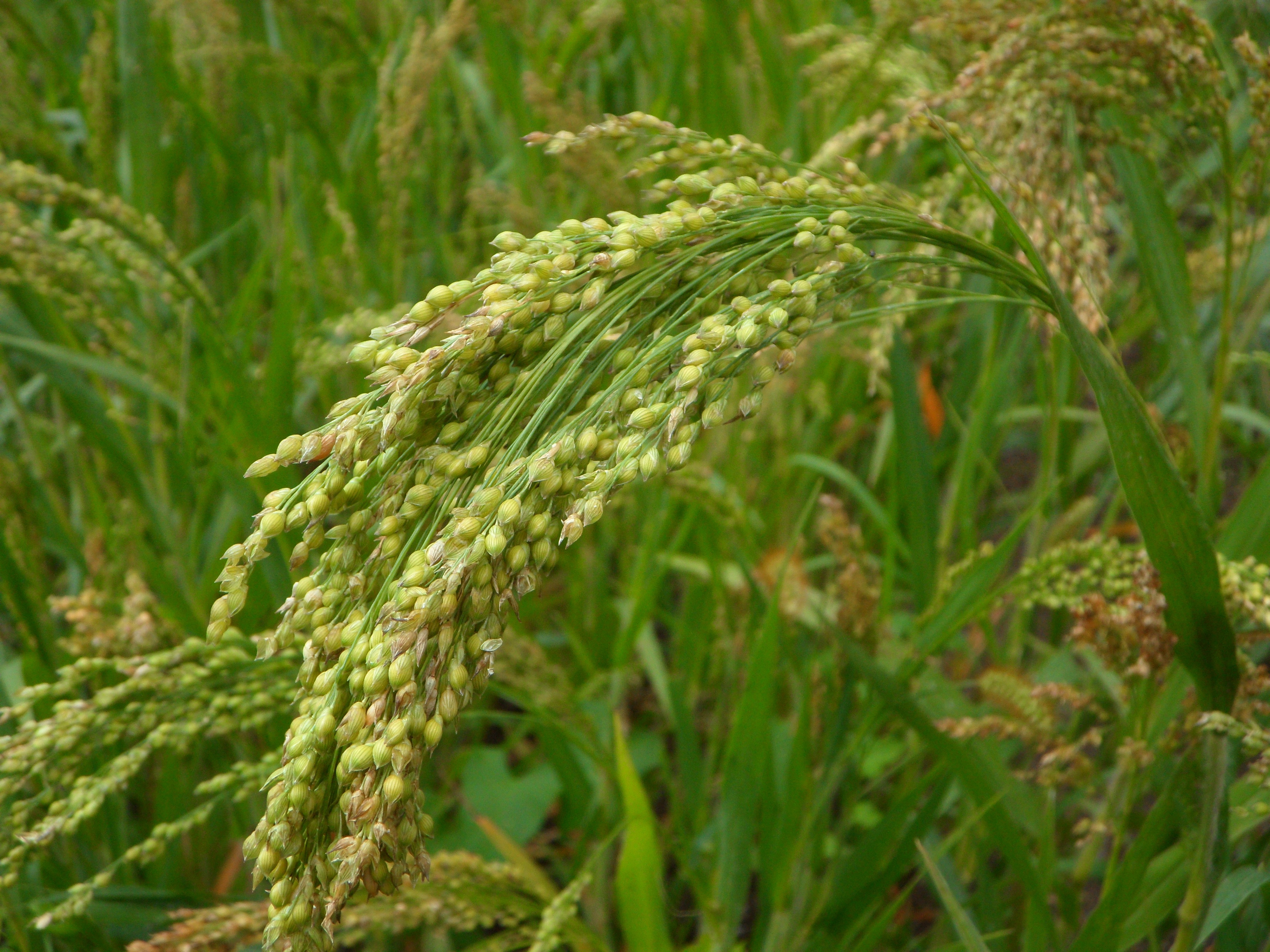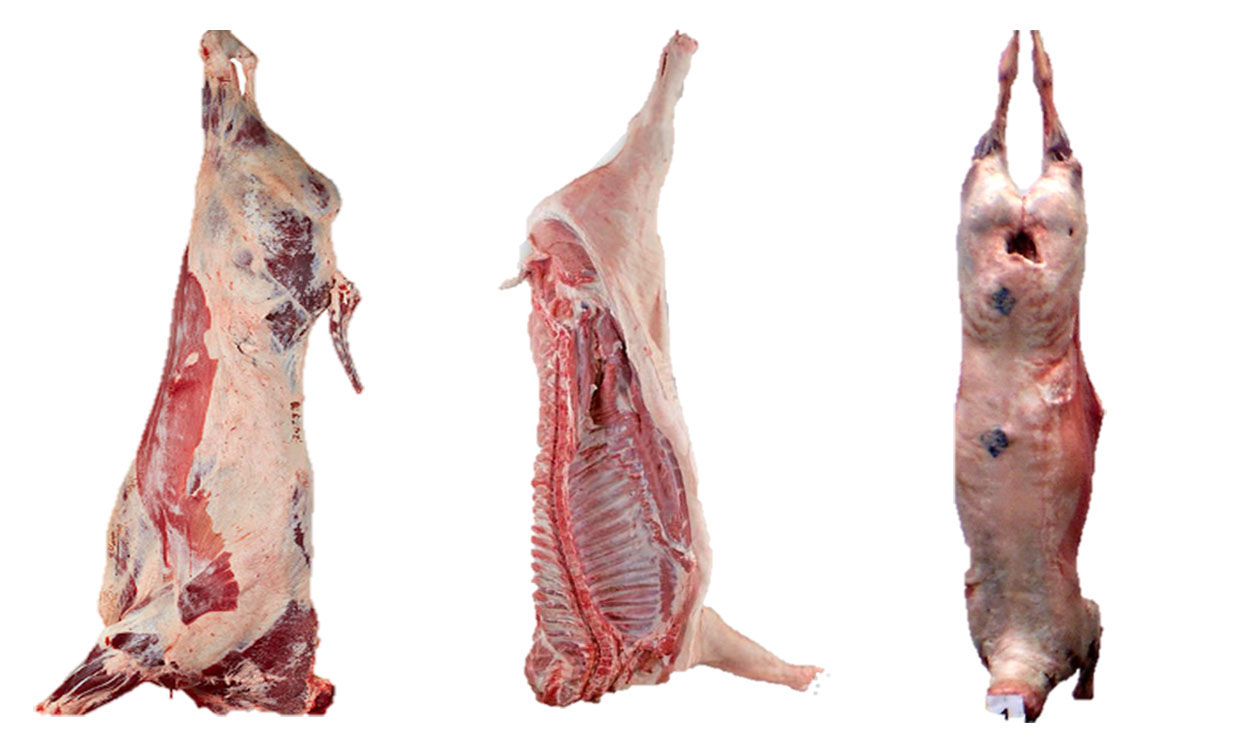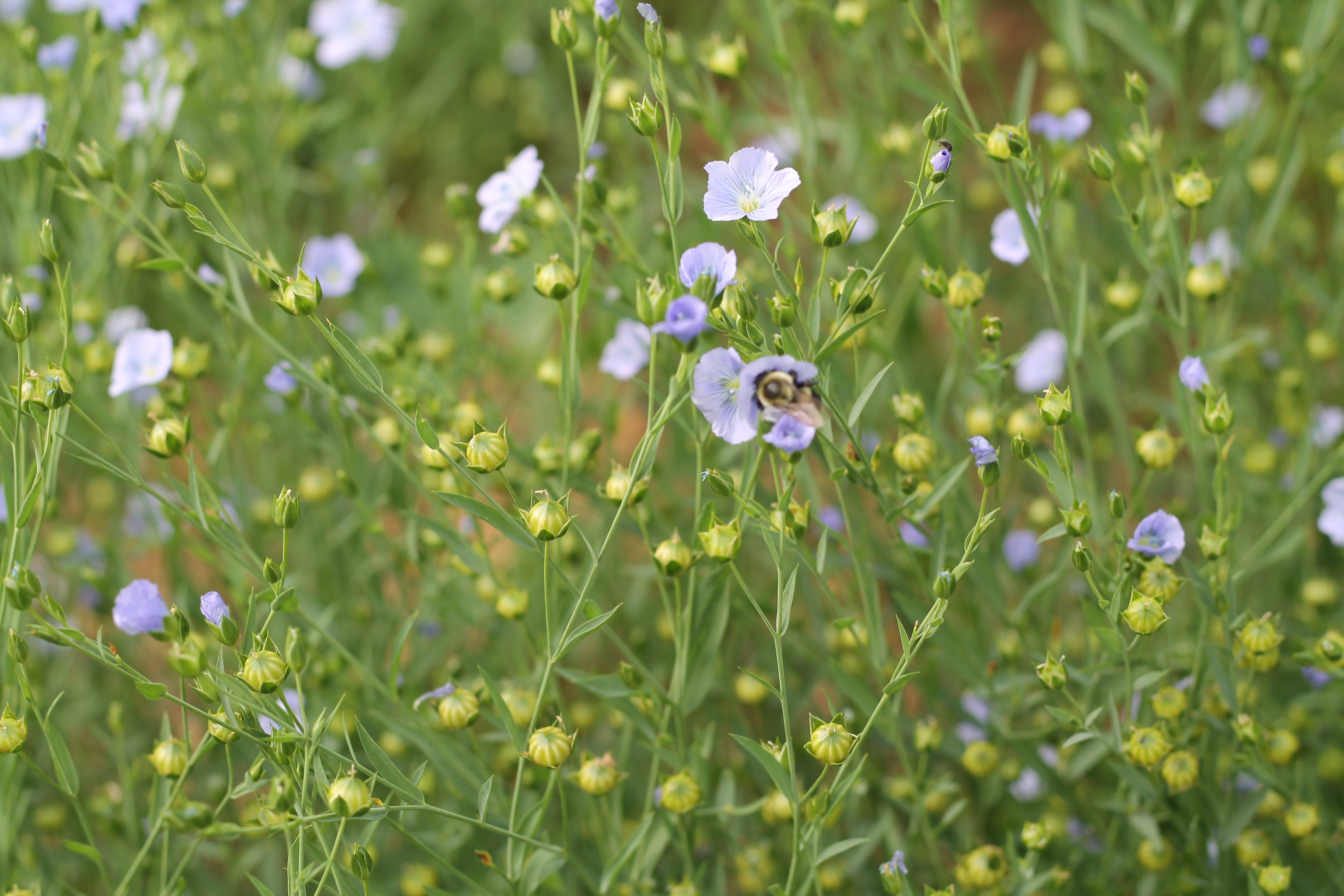Search

Climate Adaptability of Winter Wheat
For most of us, wheat is wheat. However, there is a distinct difference between spring and winter wheat, even though the vegetative characteristics of these two wheat types are very similar.

Freeze Now, Eat Later! Freezer Meal Workshop
Freezer meals provide families with the option to have a home cooked meal with minimal effort on busy days.

A Guide to Drying Foods
Fact sheet about drying foods
Dakota & Lakota Traditional Games Resource
Play these games to promote the development of physical endurance, coordination, dexterity, quickness and strength.

Proso Millet Trial Results
In 2020, proso millet trials were conducted in 1 location in South Dakota.

Guide for Purchasing Freezer Beef, Pork and Lamb
Purchasing meat directly from farmers and ranchers has become a prominent consumer trend. This article focuses on purchasing a beef animal, pig or lamb to stock your freezer.

Discussing Food and Agriculture in South Dakota: A Guide for Community Leaders
Food production and farming are issues that operate at the complex pivot point of where ecology and nature meet the marketplace and political systems. The way agriculturalists and communities handle their resources, both individually, and collectively, depends on their collective vision for the future.

2020 Plant Disease Summaries for Small Grains
A number of field trials were implemented in the 2020 growing season with the general objective of assessing various disease management practices suitable for South Dakota growers and the Great Plains.

Herbicide Residual Effects on Cover Crops after Wheat
Fact sheet about herbicide residual effect on cover crops after wheat.

Requirements for Selling Food to Retail in South Dakota
Now more than ever, we are seeing food processors and entrepreneurs in South Dakota bringing their food products, not only to farmers markets, but also to retail stores. This article provides regulatory guidance and outlines the necessary steps required to allow for the sale of foods to retail stores.